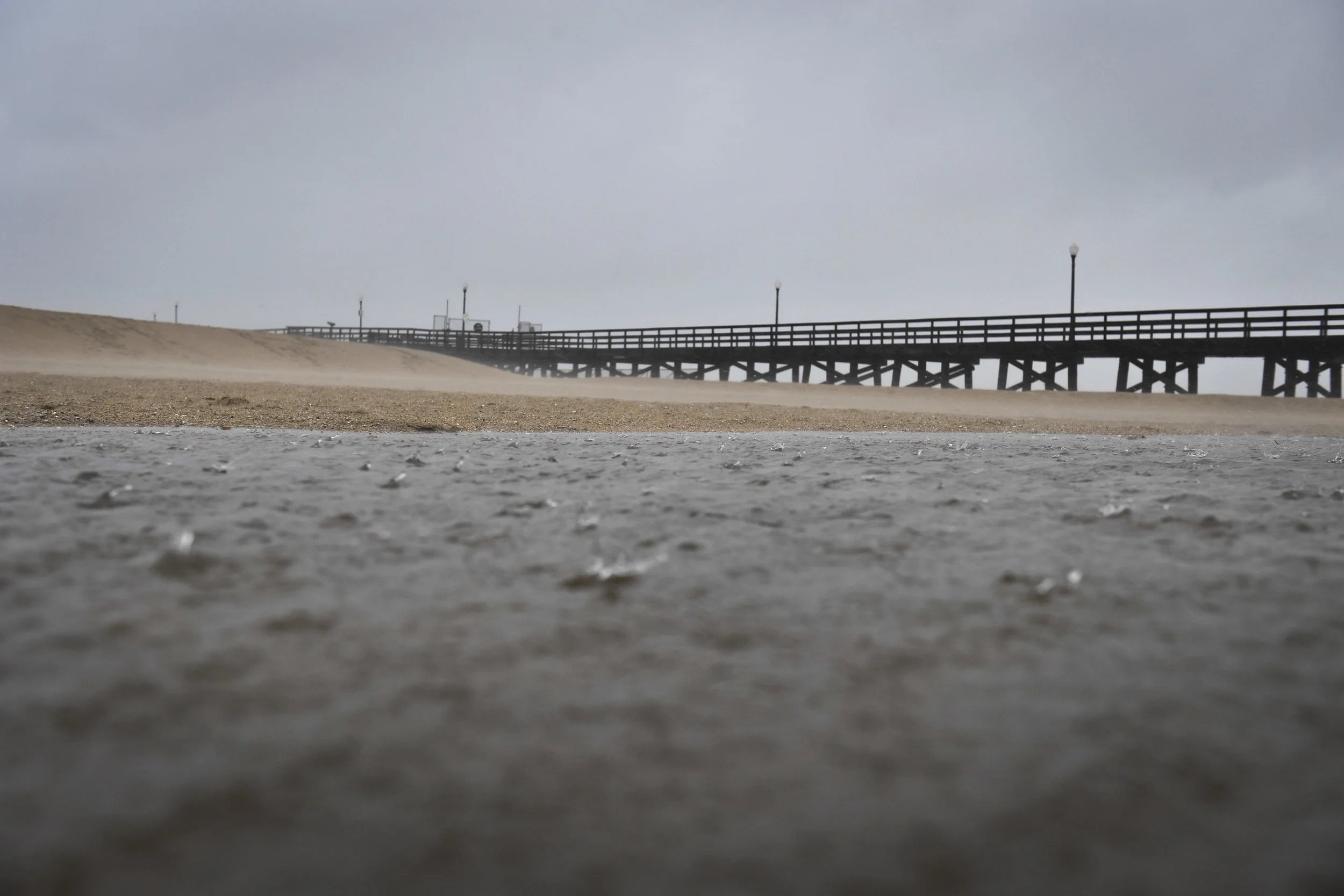Despite Wet Winter, California Faces Another Long Fire Season
Storm gathering near Big Bear, Febuary 2019
Intro:
Hope you are all staying dry and dug out of the snow this winter! A little winter weather update and climate discussion as we await another atmospheric river.
We’ve had a wet and snowy winter here in California, dumping snow on the Sierras and leading to potential wildflower super blooms.
In the short term, the ample snowpack and rain means this water year is finally the drought-buster California has hoped for since 2012. Additionally, fire season will likely start later this year, with the clock starting to tick once our last major rain event moves through. Fuels will take longer to dry out, but we will have an ample grass crop when they do.
And despite the precipitation and snow pack, even this wet and chilly winter is abnormally warm, and we can expect increasingly strong oscillations between dry and rainy seasons moving forward due to climate change. Further, a study released this week “suggests that wet winters, like the current one, no longer promise relief from severe wildfires the following summer.”
“Climate Whiplash”
Long term, our perception of normal precipitation and winter temperatures has been impacted by climate change. A recent study shows that we form our basis for normal climate based on just the past few years of weather, instead of longer time horizons. This short-term memory bias means we are already becoming accustomed to warmer winters that were previously anomalous. Even this seemingly cool winter is still above average temperature wise.
Additionally, the idea of “Climate Whiplash”, outlined in an April 2018 study by noted atmospheric scientist Daniel Swain, spoke about the increasing oscillation between dry drought periods and wet winters, sometimes including increasingly likely atmospheric rivers and flooding. From a statistical standpoint, California is coming due for a 200-year flood event that would overwhelm flood control infrastructure across wide swaths of the state.
As we saw on the Russian River at the beginning of March, many parts of California are vulnerable, from the outdated Whittier Narrows Dam in Pico Rivera to the 90-year old levees of Sacramento. As much as wildfire is a clear and present danger in California, catastrophic flooding is also presenting itself on the opposite end of the spectrum. In Swain’s Climate Whiplash piece, the study cites a 50/50 chance in the next 40 years of such an event, a shockingly real probability.
For a deeper dive, this piece (which was published this afternoon as I was writing this post) at Wunderground outlines how SoCal will be inundated for days, and the Central Valley and Northern CA for weeks. One can only imagine the economic impacts on urban areas and food supply strain with a flooded Central Valley. These atmospheric rivers are rain events that scientists have only begun to understand and study in the last two decades.
Rain floods the parking lot next to the Seal Beach Pier, February 2017. The area is prone to flooding during storms.
What it Means for Fire Season 2019:
The upside is that I expect fire season in California to start later this year. It’s hard to say when fire activity will ramp up due to California’s diverse geography, but heavy snowpack in the Sierras and wet fuels statewide will likely delay it. However, once seasonal grasses at lower to mid-elevations dry out, they will be highly susceptible to fire, and will provide kindling to larger dead and down fuels left over from the drought.
Further, the overall effects of wetter winters on mitigating fire season appears to diminish in the future. To repeat the quotation at the beginning of this essay, according to a study in the PNAS journal, 400 years of tree ring data show a divergence in modern times suggesting that “that wet winters, like the current one, no longer promise relief from severe wildfires the following summer.” (Trouet)
So, like every year, the situation remains dynamic and ever-changing. Once we get our last significant rain event is when you can start counting down the fire season clock as vegetation dries out. A wet winter does not guarantee a below-average fire season, and if trends of the last decade continue, we will have another active fire year in California and beyond.
- SP
“A Storm is Coming” 2017



